LABORATORY DRYING OVEN
MAKE DINESH SCIENTIFIC
DESCRIPTION:
A drying oven for laboratories is a piece of equipment used in industry, science, and other sectors to age, sterilize, or dry a variety of materials. It usually comprises of an airtight chamber that is insulated and has temperature controls and airflow systems to control the distribution of heat. Here’s a more thorough explanation:
CHAMBER:
- A sealed chamber, often constructed of stainless steel or another sturdy material, serves as the drying oven’s major structural component. This chamber is insulated to provide even heat distribution and is built to resist extreme temperatures.
HEATING ELEMENTS:
- The chamber’s sides or rear include heating components, most of which are electric. The heat produced by these components dries the stuff inside the oven.
TEMPERATURE CONTROL:
- The sophisticated temperature control systems found in modern drying ovens enable users to set and maintain particular temperatures within predetermined ranges.
- For many applications that need exact temperature settings, this control is necessary.
AIR CIRCULATION:
- Drying ovens have fans or airflow systems to guarantee uniform drying across the chamber. By circulating hot air, these systems ensure that the materials dry uniformly and prevent temperature gradients.
MONITORING AND SAFETY FEATURES:
- A lot of drying ovens have built-in temperature sensors and safety measures, like overheat prevention and alarms, to keep things safe and guarantee the materials’ and users’ safety.
SHELVES OR RACKS:
- Typically, the chamber has racks or shelves where things arranged to dry. These shelves removed and adjusted to suit a variety of materials and sizes.
TRANSPARENT DOOR:
- Certain models might feature a glass door that lets customers watch the drying process without opening the chamber and changing the internal temperature.
APPLICATIONS:
- Drying ovens are used in many different businesses and research domains, such as electronics, food processing, medicines, materials testing, and environmental studies.
- In addition to many other uses, they are employed for drying glassware, sterilizing tools, aging samples, and extracting moisture from samples.
- All things considered, laboratory drying ovens are adaptable and necessary pieces of machinery in manufacturing plants, scientific labs, and other locations where exact drying or sterilizing is needed.
TECHNICAL DETAILS:
| MODEL | DS-HAO-224 |
| Application | Ideal drying and heating solution The best heating and drying option for general everyday tasks and applications |
| Control Type | Programmable Microprocessor Control |
| Oven Type | Table Top Ovens |
| Maximum Temperature | Can withstand temperatures 250°C |
| Operating Voltage | 230-volt 50 Hz |
| Power Consumption | 350W |
| Number of Shelves | Two stainless steel perforated shelves (1.4436/AISI 316) with a load capacity of 25 kg each |
| Display Type | LED display for timer settings, actual temperature, and set temperature |
| Inner Dimensions (D x W x H) | 430 x 670 x 570 cm |
| Exterior Dimensions (D x W x H) | 630 x 940 x 710 cm |
| Working volume | 170 L |
| Temperature Controller | To set a specified temperature, use a digital temperature controller equipped with a PT100 sensor. |
| Spatial Temperature Deviation | ± 6 °C at 150 °C |
| Temperature Deviation Over Time | ± 0.5 °C at 150 °C |
| Timer | Built-in timer |
| Air Circulation | Blower for forced air circulation |
| Air Ventilation | Provision for air ventilation provided |
| Safety Features | Automatic over-temperature alarm system |
| Sensors for Protection | Two PT-100 sensors for sample protection |
| Data Monitoring Ports | Access ports for data monitoring sensors |
| Data Interface | RS232 data interface for wireless temperature monitoring |
| Construction Type | Triple walled construction |
| Inner Chamber Material | Stainless steel SS304 Grade |
| Inner Chamber Material Options | 1.4436/AISI 316 stainless steel that resists corrosion and has rounded corners for effortless cleaning |
| Exterior Material | Mild Steel, powder coated |
| Insulation | Insulating between walls using glass wool reduces temperature loss. |
| Door | Fitted with ball and latch type lock, opens over 180° for easy access |
| Mobility | Provided with caster wheels for easy movement |




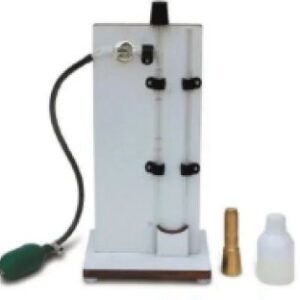
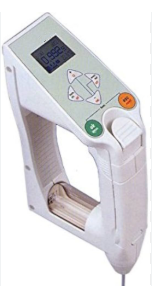
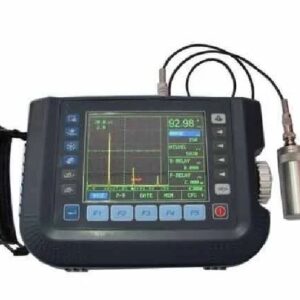

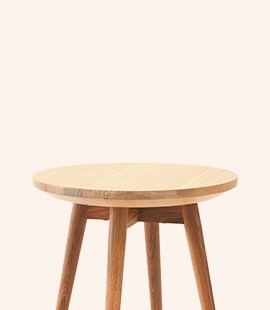

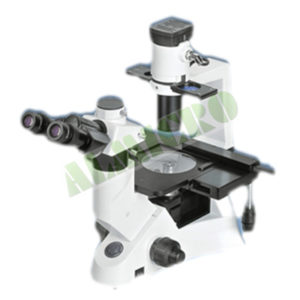

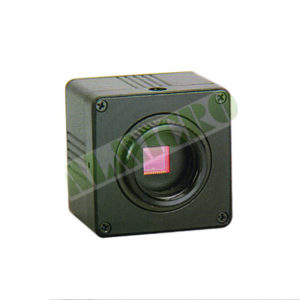

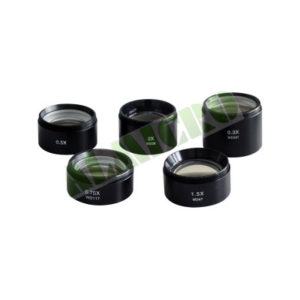
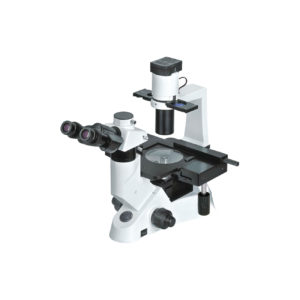

Reviews
There are no reviews yet.